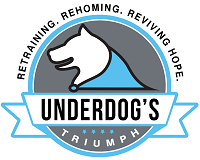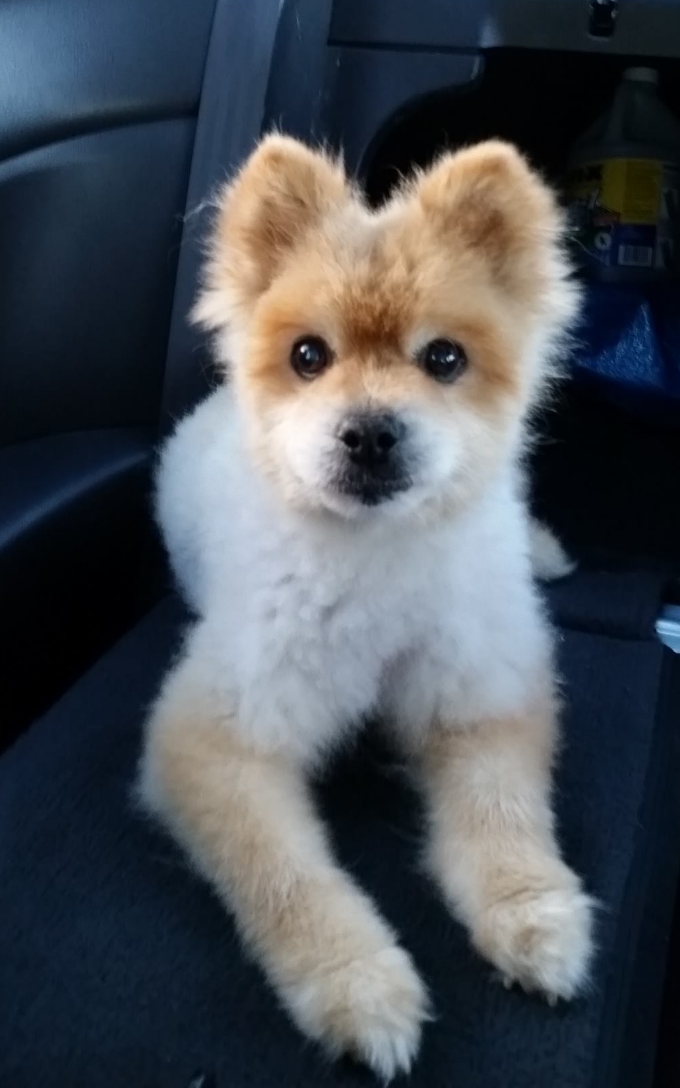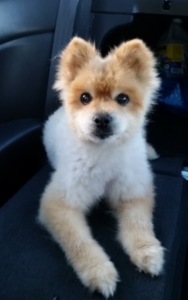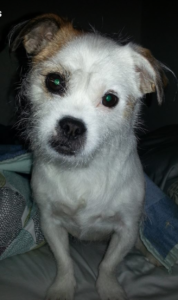Not too long ago a majority of the dogs I knew were outside dogs. They lived their lives outside, performing some duty or job for their family – guarding livestock or protecting the family or house. Their lives were more adjacent to ours, still there but less incorporated in our day to day.
Today, most dogs are members of the family. They’re a part of our daily lives and join in on many of our everyday activities. Some might even get to sleep in a bed, or some table scraps from time to time 😉
However, with this increased integration, dogs are required to follow more strict rules and adhere to a great many of our strange human rituals. They’re required to become more tolerant and accept scary situations like vacuums, babies, music, etc. And failure to do so results in punishment to the dog.
A common thing I see in my dog training clients is that we tend to ask either too much or expect too much from our canine companions. We fail to take the appropriate time to make them comfortable with a new experience or request and we see their animal instincts surface. Let’s look at an example of this with resource guarding and figure out what we can do to make ours and our dog’s lives easier!
Our first example comes from a facebook post where a small child is reaching for something on the stove.

The idea is, in this photo, we see a child unknowingly reaching for something they don’t understand can and will hurt them. Not all parts of the stove are dangerous but eventually they will find the part that is. So what happens after this?
Do you get rid of the stove because it’s dangerous? Do you blame the stove for hurting your child? Do you remove the child from the area?
Most people blame themselves. The stove was just being a stove – doing what it does naturally. They say they should have paid more attention. They shouldn’t have let the child have access to the stove.
However, the issue arises when we replace the above image with one like this (credit: somuchpetential.com):
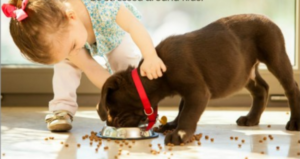
Unlike the stove, we expect the dog eating here to tolerate being grabbed and pulled on while eating. We expect the dog to tolerate being leaned over and having a human this close to his face while eating.
If the dog does not. We blame the dog. The dog should have known she didn’t mean to hurt him, she was just playing. The dog should have just moved away if he didn’t like the attention. The dog should understand she doesn’t actually want this food. The dog. The dog. The dog.
The thing is, guarding food is a totally normal behavior for dog. It makes evolutionary sense. If an animal just gave up his food to everyone else, he’d starve. He needs to protect it and keep it safe. This is how dogs are programmed to work. We, as their caregivers have to teach them an alternative behavior if we want this natural instinct to change and even if we do change it, we still must be aware it’s still there under the surface.
“Resource Guarding” is when a dog guards or protects something valuable to them. It doesn’t have to actually be valuable (monetarily) or even something valuable to you. It can be a sock, a toy, a bone, tablescrap, etc. Anything they themselves find valuable.
When this resource is attempted to be taken from them, the react with a behavior to ensure they get to keep it. The type of behavior they reactive with tends to be whatever has worked for them in the past. If a growl will keep the person away, they’ll growl. If a growl is ignored, and they lost the item, maybe next time they’ll snap, see if that works. Their goal is never to hurt you or be mean. They aren’t aggressive. They’re only trying to accomplish their goal: keeping the object.
Teaching an alternative behavior for me comes in two ways. One, as food is the most likely resource to be guarded, I like to teach food avoidance. If food is dropped, I want their default behavior to be to move away from it. Two, if they take something I don’t want them to have or something that is dangerous, I want them to drop it. Upon request, I want them to readily (and happily) give the item back to me.
If you’d like to attempt either of the above, I’d recommend you seek out a positive trained professional to show you the ropes. Going too fast or using punishment, actually tends to increase the chance of a dog resource guarding. A trained professional will teach you how to get your dog to enjoy giving you things and how avoiding say a dropped pill or poisonous food item, is fun for them.
Little Esther, a TLC Graduate, is a master at both of the above. If you’d like to check out her food avoidance work, see this: https://youtu.be/iruYE-TdouM
One other caveat I’d like to mention is dogs tend to be learn behaviors based on their situation. If you only practice food avoidance in the kitchen, then drop a hot dog in the livingroom, they’re likely to forget most of the training in the kitchen and be celebrating with a new found hotdog. That’s why, no matter what your teaching your pet it’s important to do so in as many different situations as possible until they start to generalize the behavior to other scenarios. Each new scenario, you’ll see some regression (wait, what did “leave it” mean again?) then faster learning as they pull from previous experiences (oh yeah, that thing we did in the kitchen where I move away from food).
Happy Training!
